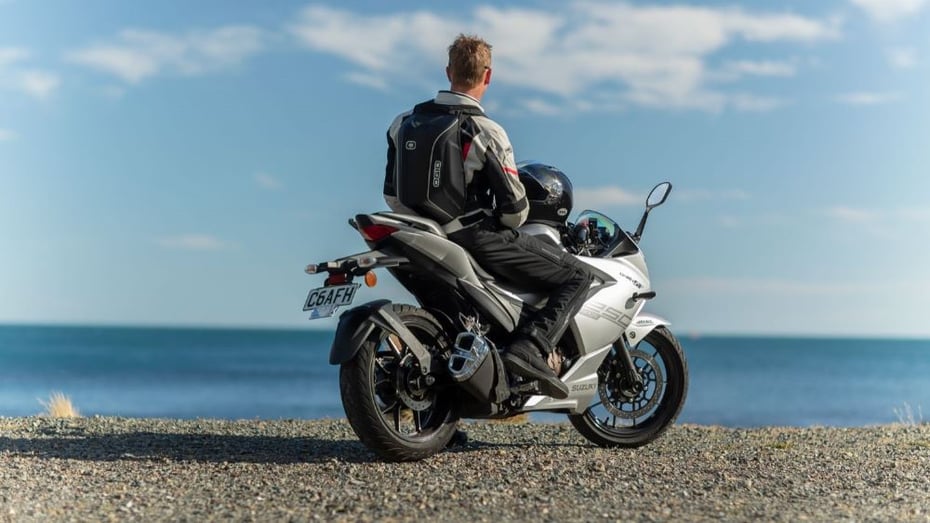
New Zealand is easily one of the best countries in the world to be a motorcyclist.
Not only do you have the incredible scenery that created Middle Earth for The Lord of the Rings films at your back door, but we are also lucky to have a well-thought-out system in place to help develop motorcyclists in the form of the Learner Approved Motorcycle Scheme and easily accessible coaching in the form of Ride Forever coaching.
But before you twist the throttle and head out on that fantasy ride, you’ll need a bike to call your own, and this is one area where some new riders can come into difficulty.
Before You Start Your Search
Before you head down to your local dealerships to peruse the bikes on offer, it is important that first you have that coveted Class 6 (L) – Motorcycle Learner –endorsement on your licence.
This will allow you to actually test-ride appropriate bikes before you hand over your hard earned cash!
In order to get your Class 6 licence, you must first pass a Basic Handling Skills Test (BHS) in front of a qualified instructor BEFORE you will be allowed to sit the theory test for your licence. Once the instructor is satisfied, they will award you with a certificate which you must present at the time you book your theory exam.
The BHS test often involves riding around an area – usually a car park – through a series of obstacles at a variety of speeds in front of the instructor to prove you are ready to ride on the road. Think of it as a practical test before the theory exam at the local VTNZ or AA.
If you have never ridden a motorcycle before, BHS providers often offer coaching options to suit your level of riding and help you successfully pass the test.
Sizing Up Your Prospects
One of the first things that undoubtedly attracts us to motorcycling is a certain image associated with it. Whether this comes in the form of the screaming Hayabusa, a city-slayer like the GSX750, or a go-anywhere travel bike like a V-Strom 1050 DE there is usually one thing all these examples have in common – they're not always suitable for learner riders.
As the old adage goes "Sex Sells" and while the fantasy of jumping on your prospective fantasy bike and setting out on a ride sounds great in theory, the reality is these halo products are often targeted at highly experienced riders. Add to this the fact that in New Zealand you are restricted to a bike not exceeding 660cc and a power-to-weight ratio of 150kW/tonne and these bikes are quickly snatched out of a new rider's reach.
Thankfully, Suzuki has a range of Learner Approved Motorcycle Scheme (LAMS) motorcycles for you to choose from with many often sharing some of the key aspects of those very same halo products.
While your instinct may be to buy the most powerful and largest bike within your favoured sub-set of motorcycling, take a step back and look beyond the spec sheets at a wider range of engine sizes and styles.
Larger bikes are both more powerful and physically larger, which comes with as many downsides as up for learner riders.
Try Before You Buy
Before you hand over your hard-earned moolah, it’s a good idea to ride the bike you think you want as well as a variety of others that catch your fancy, too.
This will allow you to not only size up the bike that has captured your heart, but you'll also be able to compare important characteristics such as comfort, power and ease of use to help you make your final decision.
Stay Within Your Budget
One thing to be wary of is overspending on your first motorcycle. While there are plenty of bikes available under $10,000 some can cost more than $15,000. While some of these bikes will last you for many years, others can leave you wanting more after you achieve your full license.
With easy-to-access finance available all over the country, it really is quite easy to spend a lot of money on your first bike. If you even suspect you may be looking at upgrading as soon as you can then we recommend keeping to a tight budget and avoiding large loans as much as possible. Save them for when you are ready to buy your dream bike instead.
